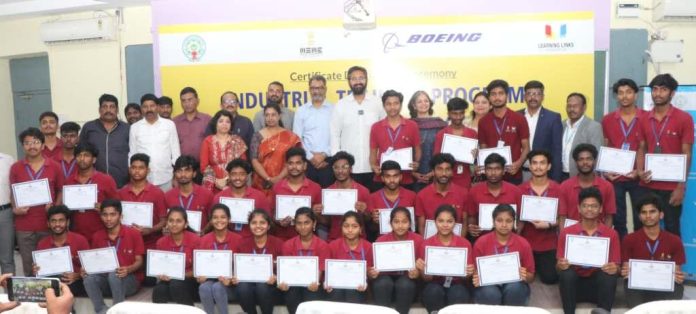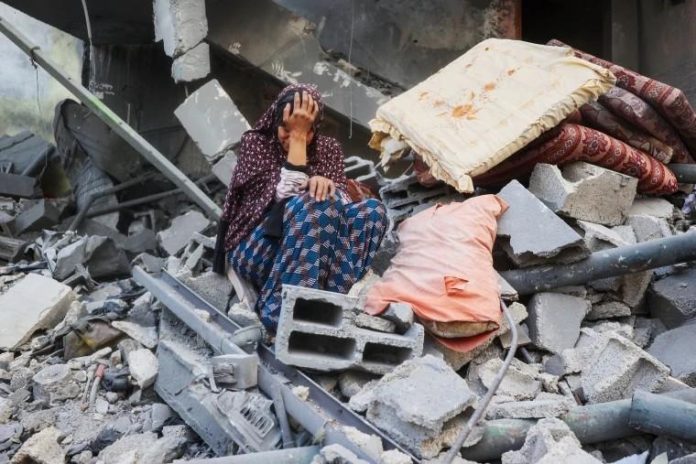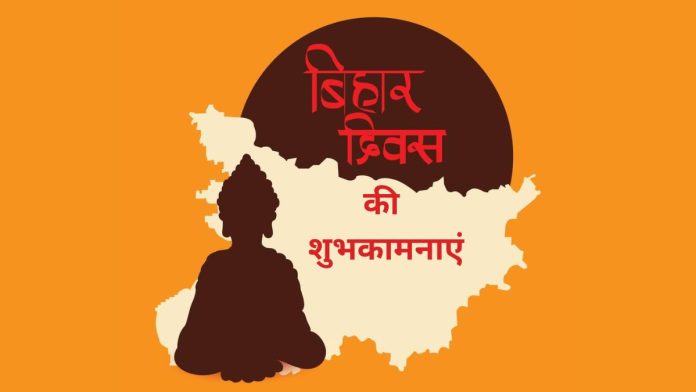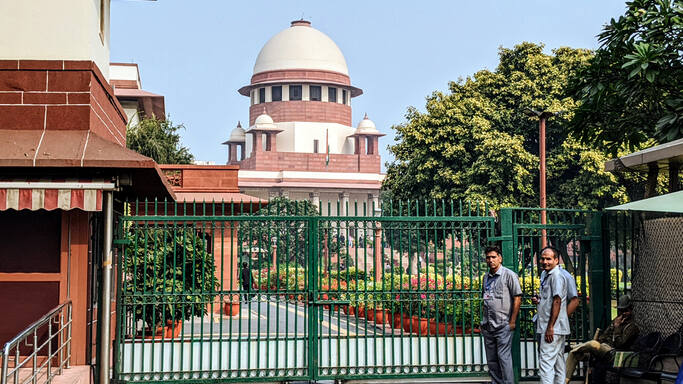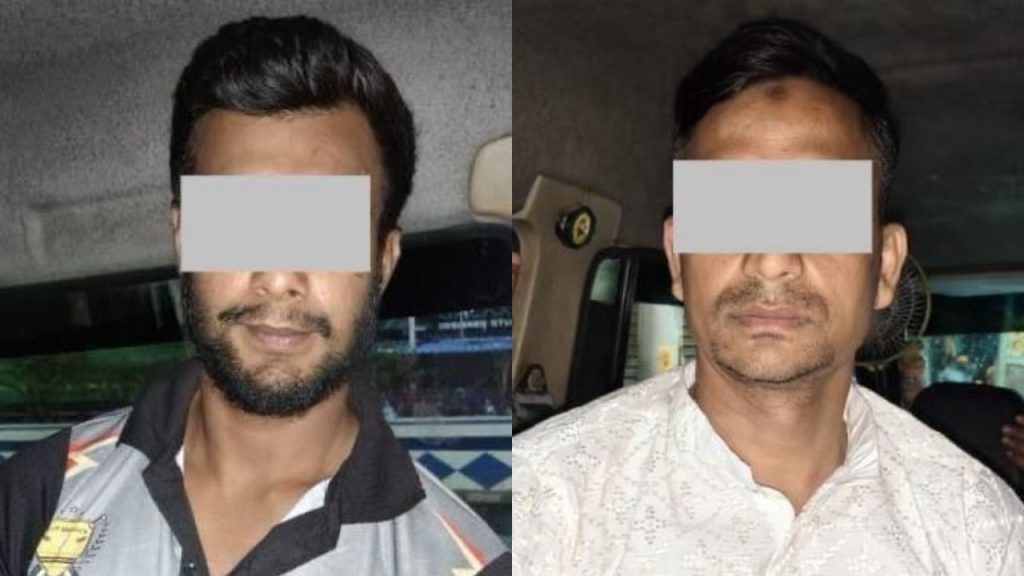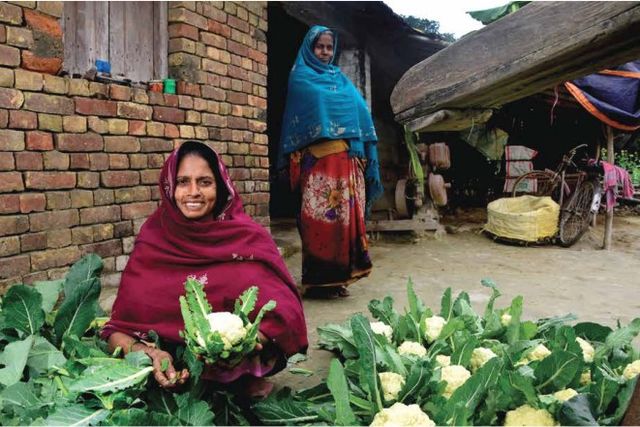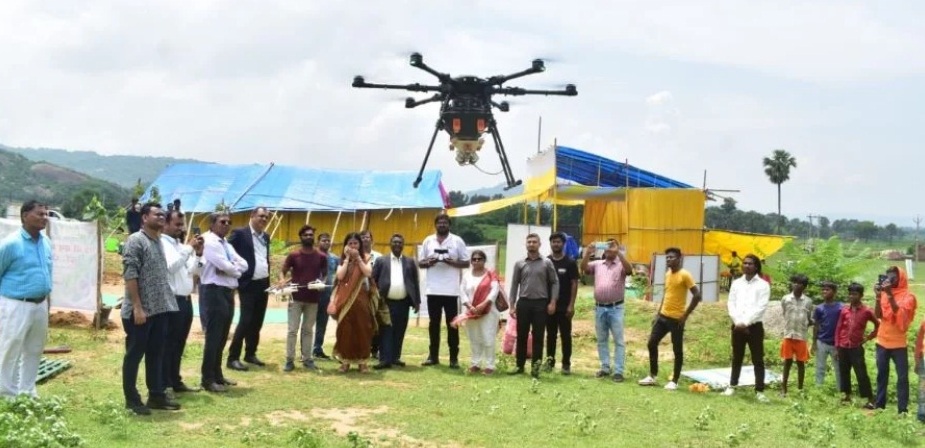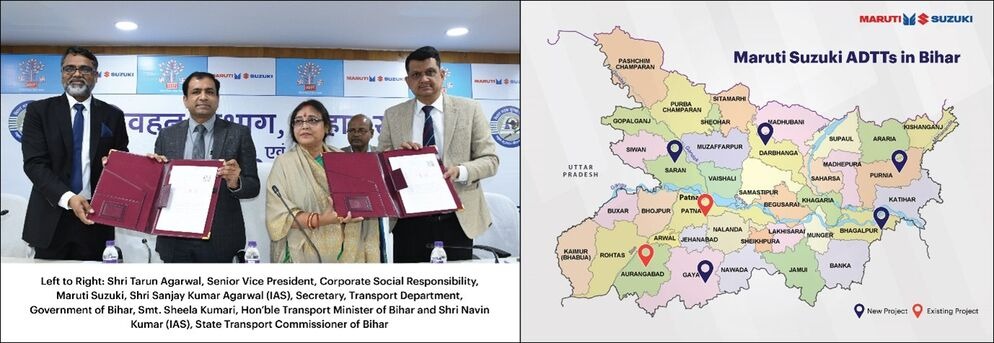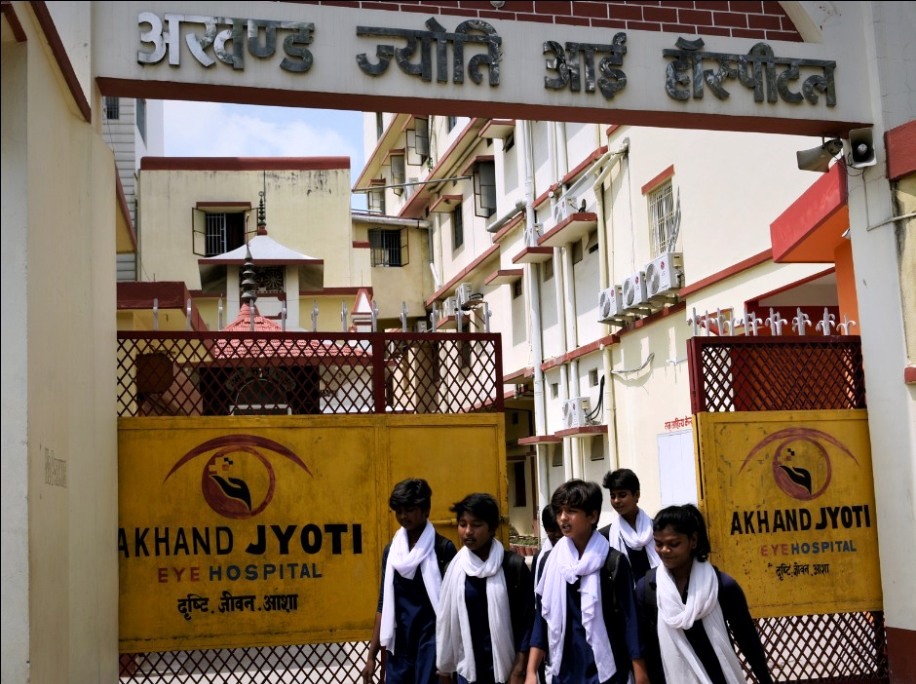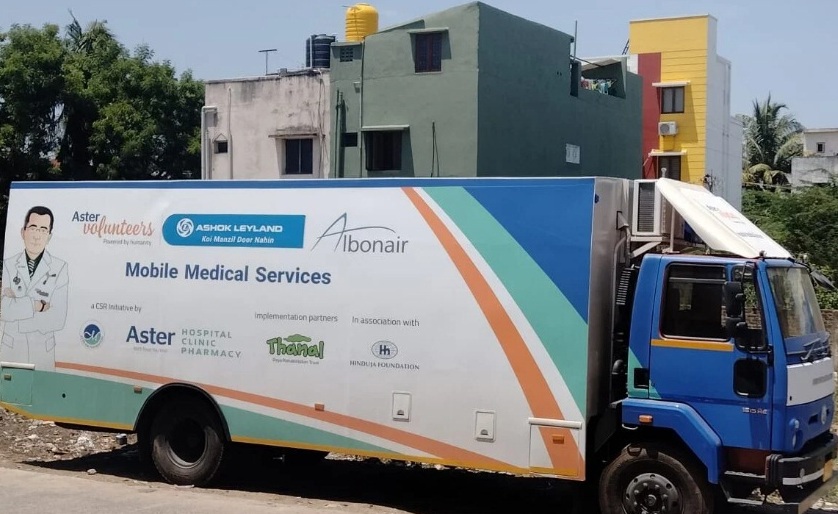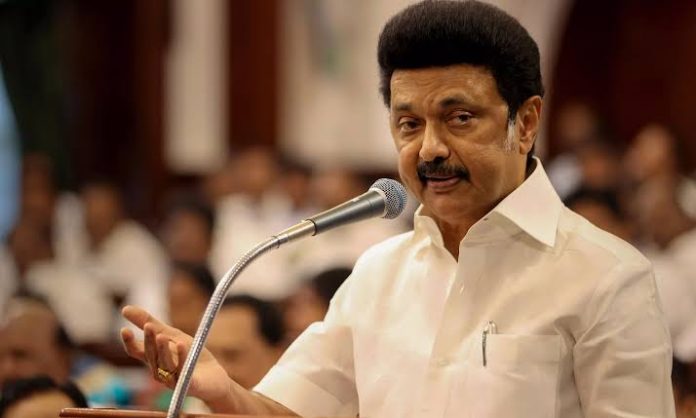Visakhapatnam, India: Boeing India and the Learning Links Foundation (LLF) today announced the completion of the third batch of graduates from their industrial training program in aerospace manufacturing in Andhra Pradesh. With a fourth batch underway, this youth skilling program will train a total of 127 students by April 2025.
Shri Mathukumilli Sribharat, Member of Parliament in the Lok Sabha, felicitated the graduates of the third batch at the Government Polytechnic College in Visakhapatnam. He was joined by Dr. Ramakrishna Rao, Deputy Director, Training and Placement, Department of Education, Shri Murali Krishna Gannamani, Managing Director, Fluentgrid, Praveena Yagnambhat, Chief of Staff & CSR Leader, Boeing India and South Asia; Sudha Priyadarshan, Senior Vice President, Learning Links Foundation, and Boeing India and LLF representatives.
At the felicitation ceremony, Shri M. Sribharat said, “The Government of Andhra Pradesh is committed to fostering progressive policies and strategic collaborations to provide access to world-class education and training to the students of our state. This program not only enhances employment opportunities for our young skilled population but also reinforces the state’s position as a hub for advanced manufacturing and aerospace innovation.”
The program offers structured, industry-aligned training, hands-on experience and career counselling to students from government polytechnics in Visakhapatnam, Srikakulam, and Vizianagaram districts, with intensive training undertaken at the MSME Technology Centre. The program has achieved a 94% placement rate for students from its first two batches and continues to facilitate campus placements for incumbents across diverse industries.
Salil Gupte, president, Boeing India and South Asia, said that “Boeing’s latest Commercial Market Outlook forecasts the need for 37,000 pilots and a similar number of technicians in South Asia over the next 20 years, with 90% of the demand for airplanes driven from India. This underscores the necessity of youth skilling including in emerging technology and aviation hubs like Andhra Pradesh, to be able to participate in and support the growth of Indian aviation and key industries.”
The Directorate of Technical Education (DTE) in Andhra Pradesh has acknowledged the program’s curriculum as an exemplary training practice for vocational colleges. This recognition is due to the program’s effective integration of soft skills training, technical training, and on-the-job experience, all of which enhance the employability of its participants.
Nuriya Ansari, president, Learning Links Foundation said, “Launched in 2023 with Boeing’s support, this youth skilling program is helping cultivate talent for aerospace manufacturing. It is an honor and an opportunity to transform potential into performance, building a future-ready workforce for India in Andhra Pradesh.”
Disclaimer: This media release is auto-generated. The CSR Journal is not responsible for the content.

